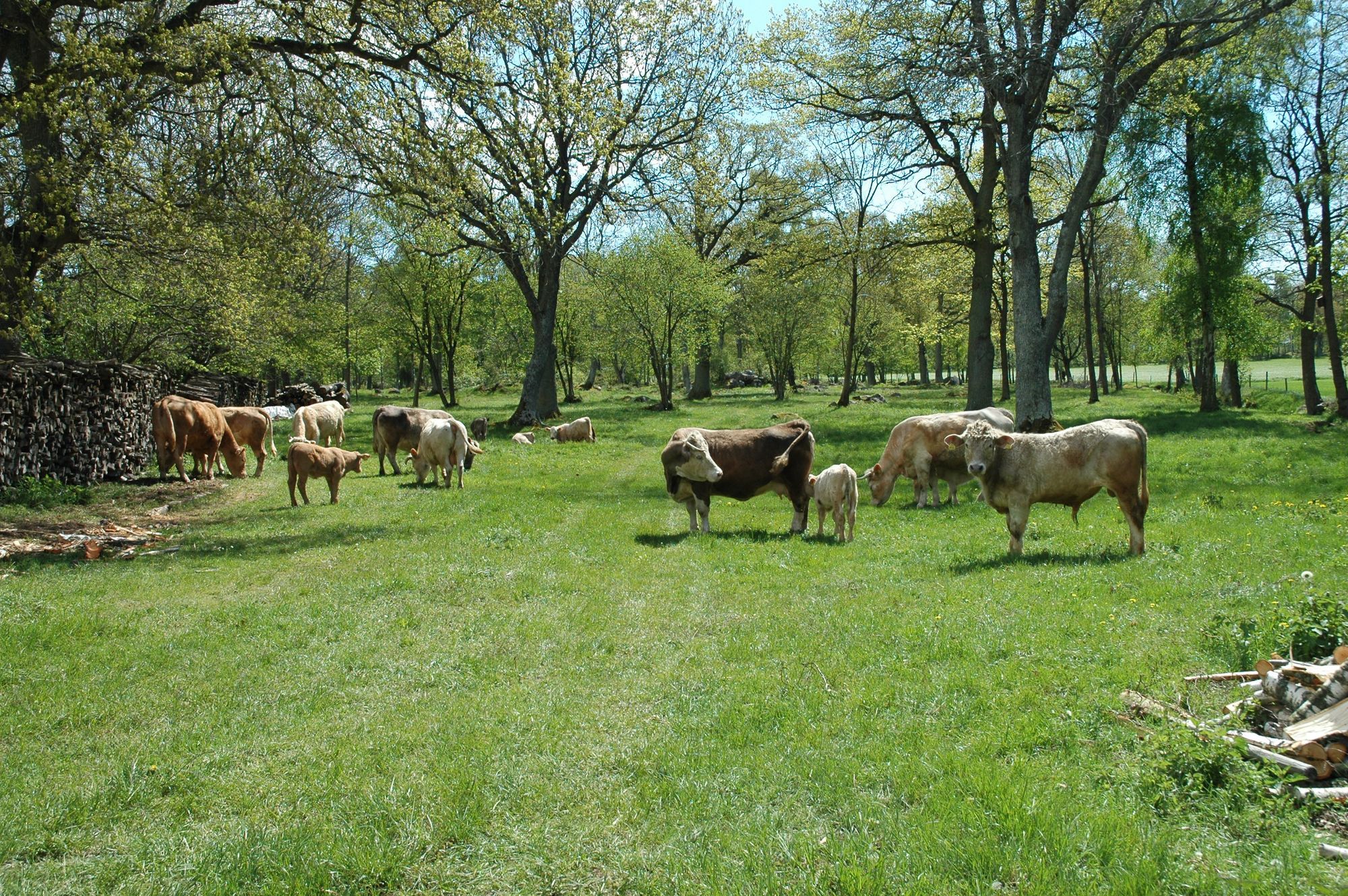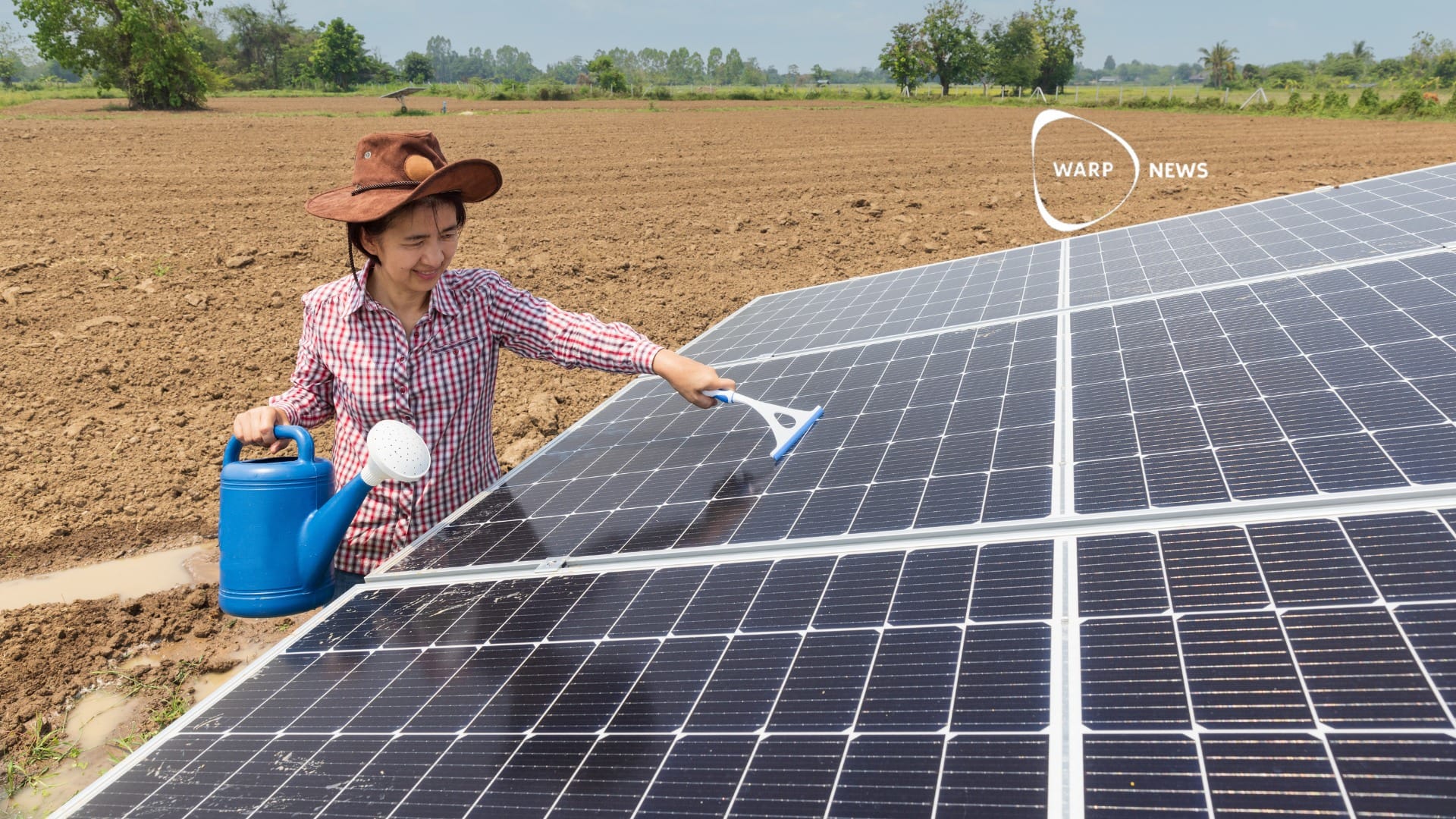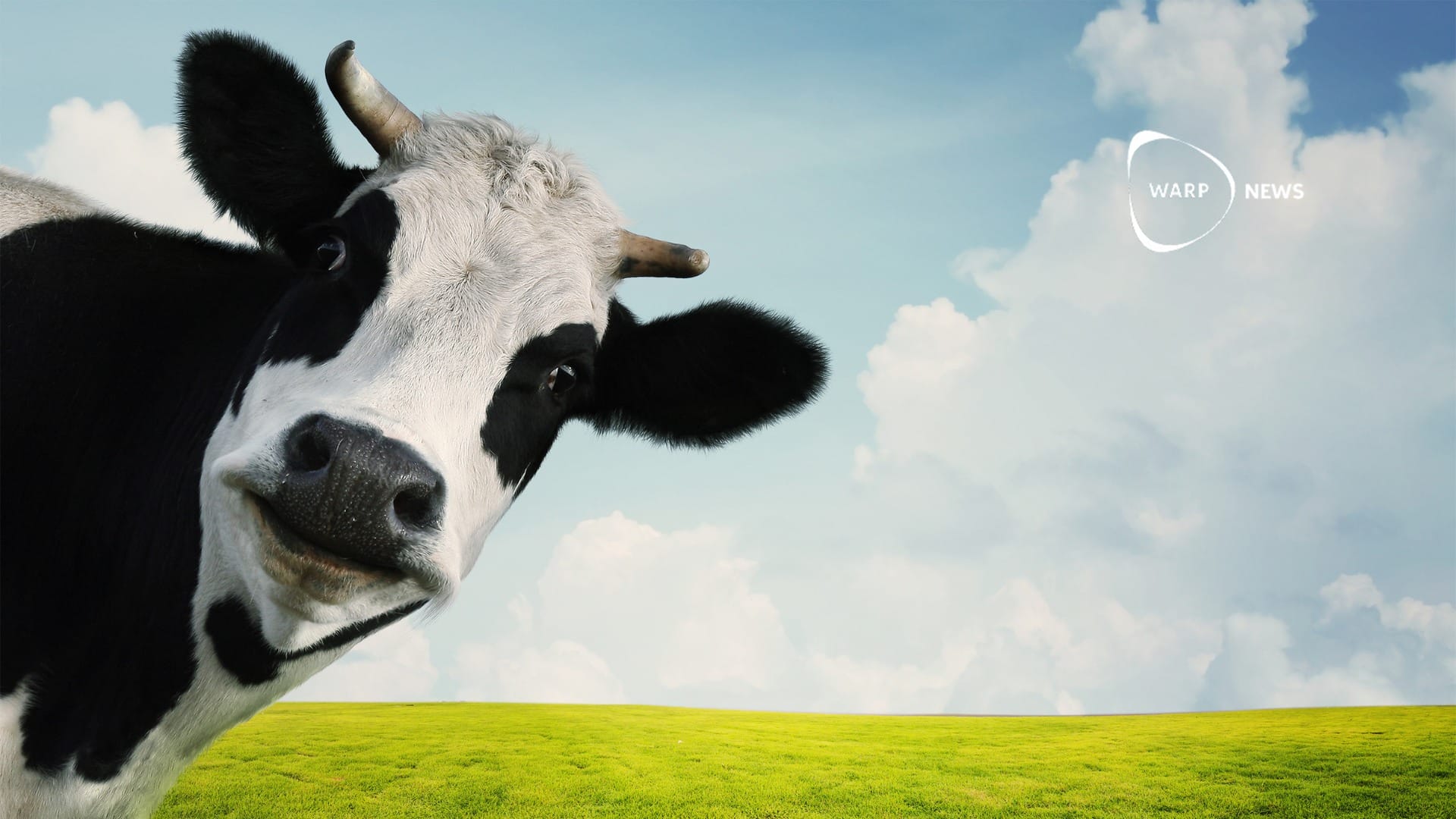
🐄 Agricultural rewilding is good for everyone involved
Rewilding of natural areas in combination with agriculture creates a "win-win situation" by improving ecological diversity while providing higher quality meat.
Share this story!
According to a report made by the University of Exeter, a combination of rewilding and agriculture can contribute to increased biodiversity without having to put obstacles in the way of farmers or the environment.
In the report, the researchers write about how the concept of rewilding tends to be polarizing, as it is often interpreted as meaning that no human activity may occur within the area where the rewilding takes place. However, they point out that these two concepts are not mutually exclusive; by combining rewilding with pasture, you can achieve the same biodiversification, while at the same time extracting high-quality meat and maintaining economic sustainability.
The combination of pasture and rewilding may not seem like news to some Swedish readers, as the Swedish Agency for Agriculture already has guidelines for how meadows and pastures can be used to achieve high biodiversity - among other things by varying the areas where the animals graze so that even flowers that bloom late have time to spread seeds.
In many places around the world, however, there is perceived to be a clear conflict between rewilding and agriculture, and measures for biological diversity have thus been relegated to nature which is completely wild. Thus, the report can contribute to a more nuanced climate work where biological diversity occupies larger land areas, without meat production necessarily being exported to other countries or to more energy-demanding systems.
By becoming a premium supporter, you help in the creation and sharing of fact-based optimistic news all over the world.


